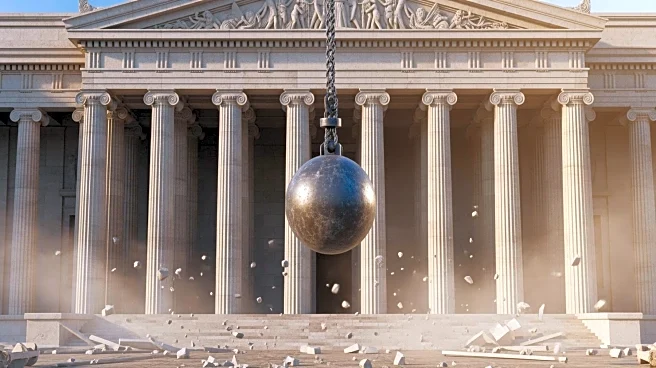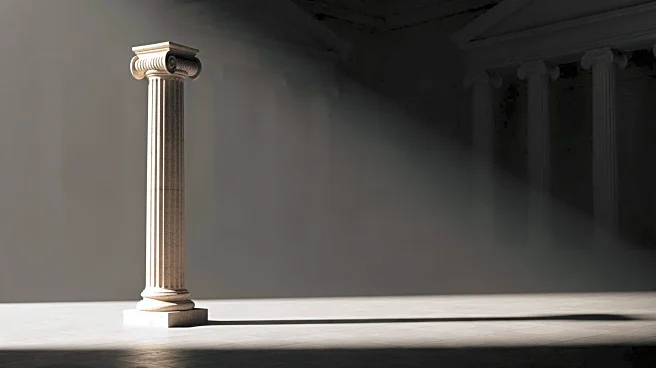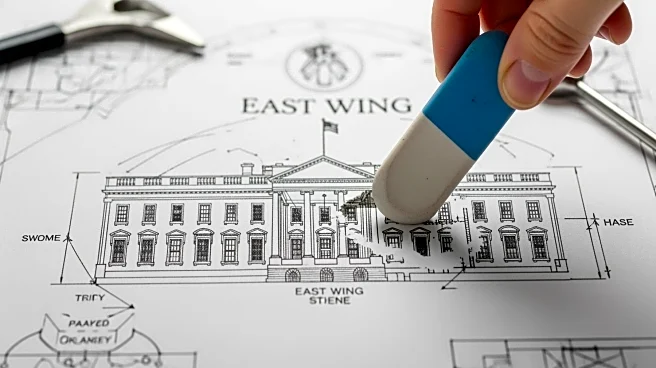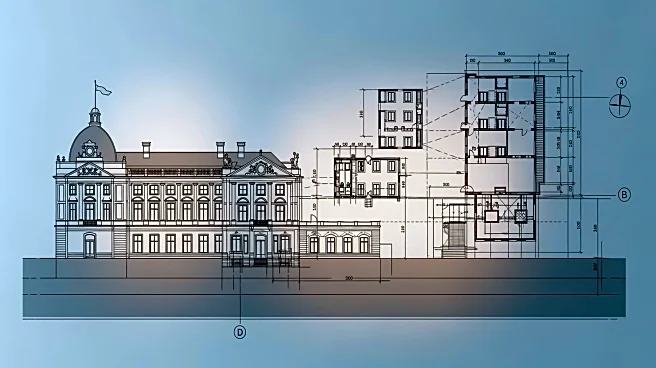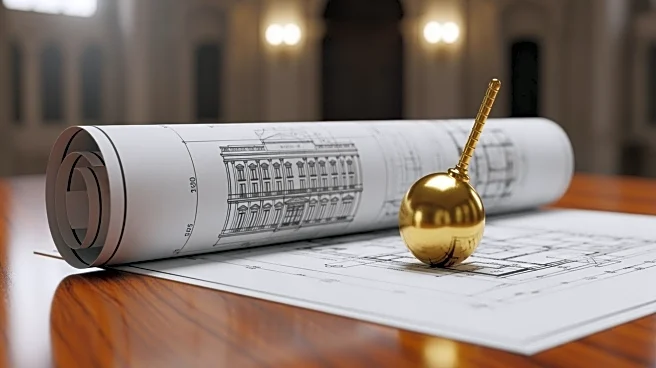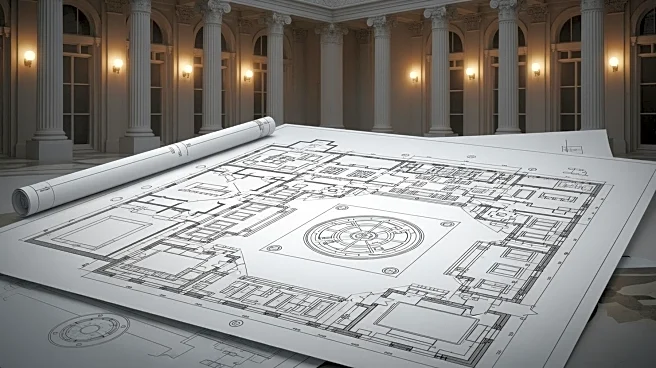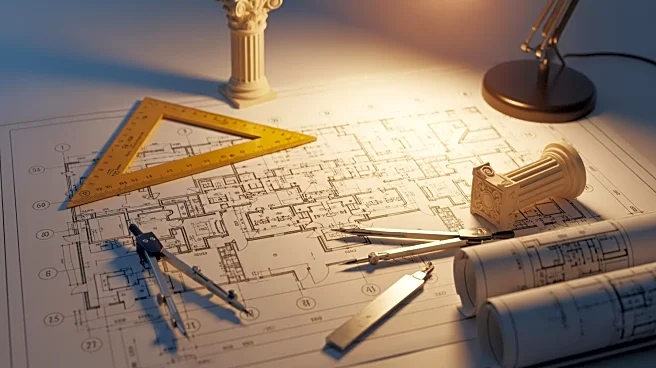What's Happening?
The East Wing of the White House has been demolished to make way for a new ballroom, as part of President Trump's plans to modernize the facility. The demolition, which began this week, is part of a $300
million project that aims to construct a ballroom nearly twice the size of the White House. Despite the lack of formal approval from federal agencies overseeing government property construction, the project is moving forward. White House Press Secretary Karoline Leavitt stated that the administration had always intended to modernize the East Wing, and plans changed after consultations with architects and construction firms. The project is privately funded, with President Trump and some friends covering the costs, and no federal money is being used.
Why It's Important?
The demolition of the East Wing and the construction of a new ballroom represent a significant alteration to the White House, a historic symbol of American governance. The project has sparked concerns among preservationists who argue that such changes could disrupt the classical design of the White House. The ballroom, intended to be a magnificent addition, raises questions about the balance between modernization and preservation of historical sites. The funding of the project through private donations rather than taxpayer money also highlights the influence of private interests in public spaces.
What's Next?
The project is expected to continue despite the lack of formal approval, with the administration citing legal opinions that allow demolition without the need for approval from the National Capital Planning Commission. The ballroom's construction will proceed, with further consultations likely to address preservation concerns. The administration will need to manage public and historical preservationist reactions as the project progresses.
Beyond the Headlines
The decision to demolish the East Wing and construct a new ballroom raises ethical questions about the preservation of historical sites and the influence of private funding in public projects. The move could set a precedent for future alterations to historic government buildings, potentially impacting how such sites are preserved and modernized.


